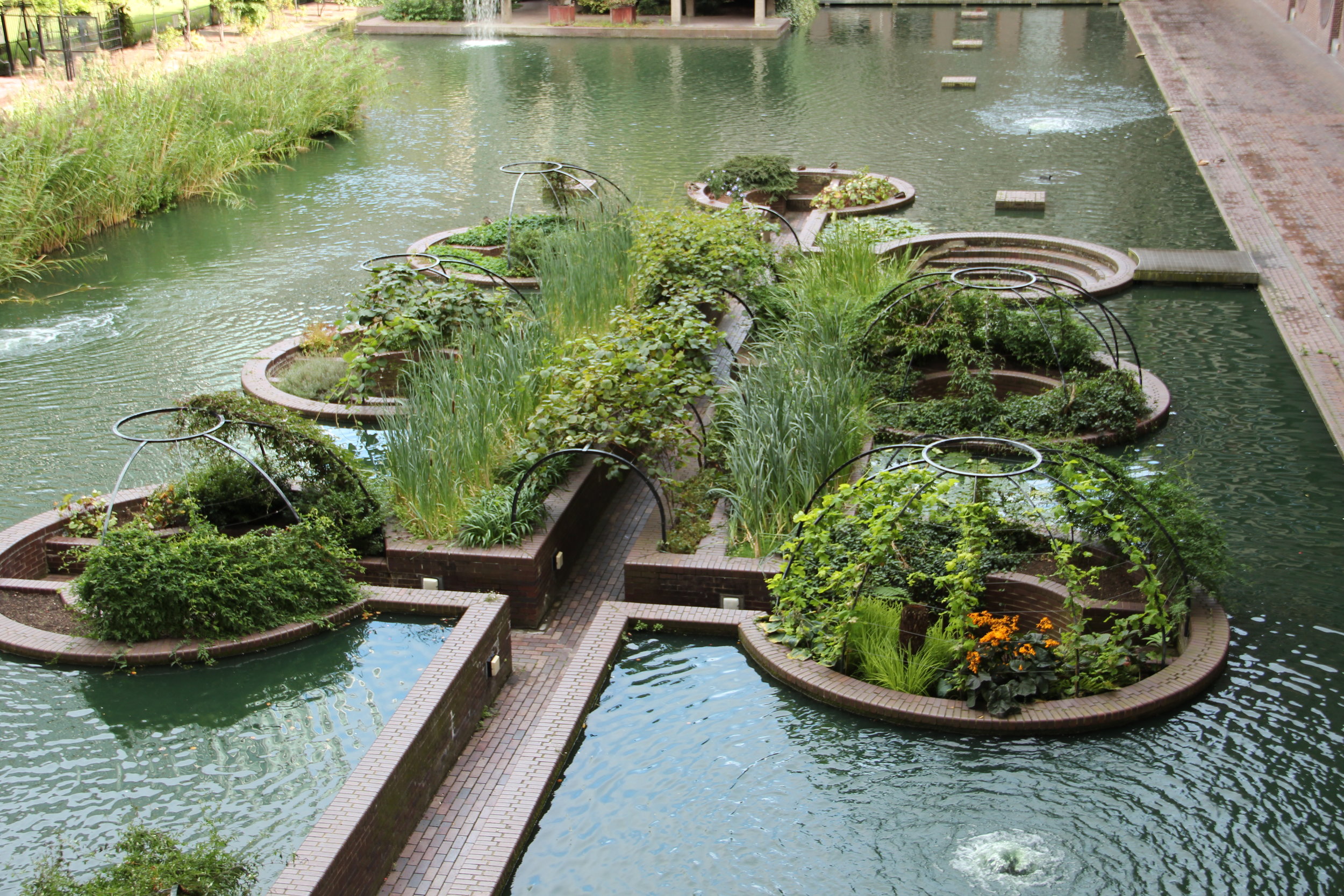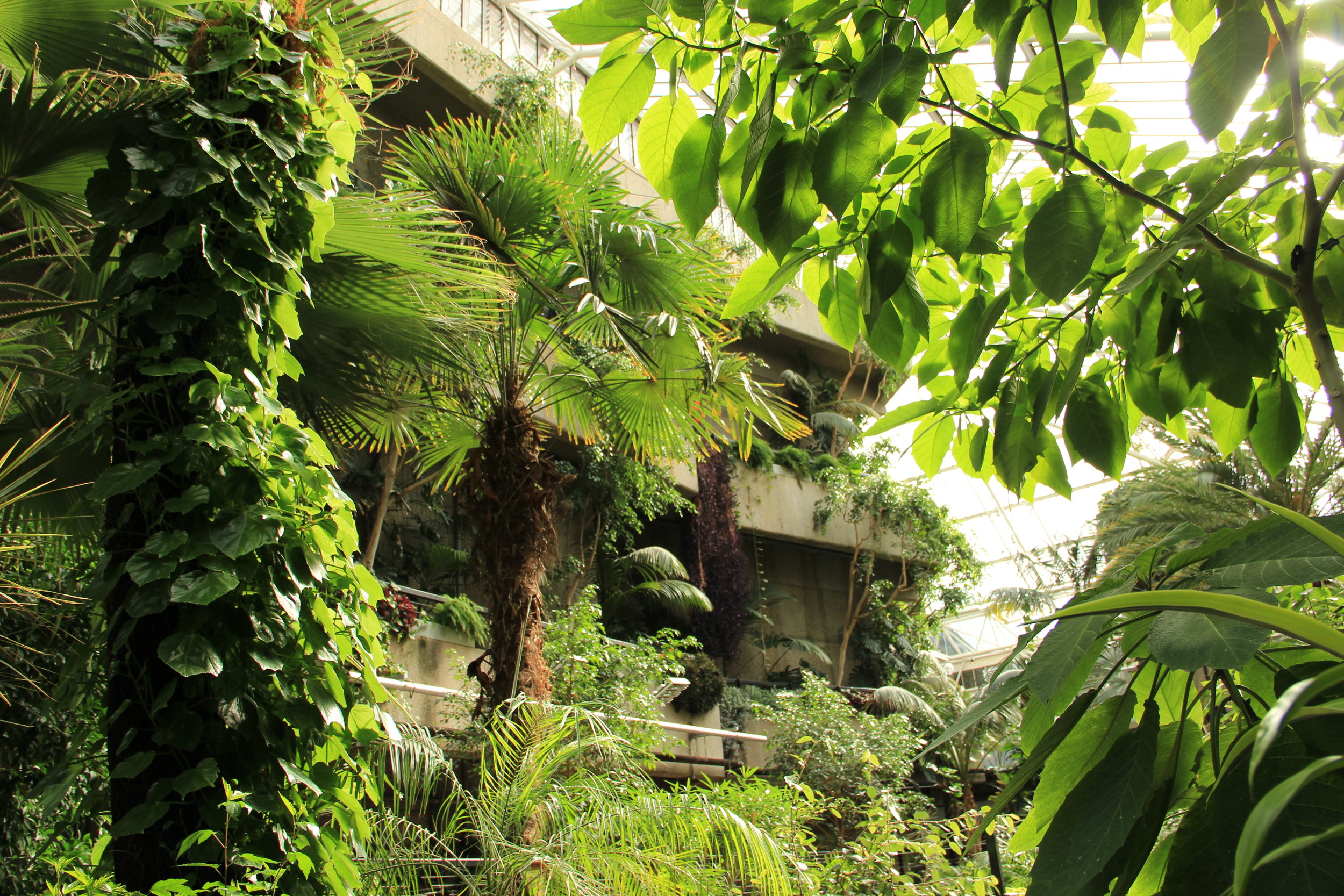Barbican Centre's Secret Garden
 London has long been considered one of the greenest cities in Europe due to the vast amount of parks and gardens that it possesses, making it almost impossible to walk more than a few minutes in any direction without coming across a green space, small or large, public or private. Researchers have found that people are more likely to be physically active if they have access to green spaces, resulting in happier and healthier communities.
London has long been considered one of the greenest cities in Europe due to the vast amount of parks and gardens that it possesses, making it almost impossible to walk more than a few minutes in any direction without coming across a green space, small or large, public or private. Researchers have found that people are more likely to be physically active if they have access to green spaces, resulting in happier and healthier communities.
The Barbican Centre is a performing arts centre in London and was built in the Brutalist style of architecture in an area that was bombed heavily during the war. This type of linear architecture came to fashion in the mid 50’s and continued to flourish until the mid 70s and is noted for it’s concrete buildings appearing almost fortress-like, even being deemed "cold looking" by some critics.
Quiet courtyards that incorporate plants and pools of water are scattered throughout the buildings that make up the disorienting property of the Barbican Centre. Due to the large scale of the buildings and greenspaces, it is easily forgotten that you are smack in the middle of the busy streets of London.
The pools of water reflect plenty of light and mask any leftover noise that has not been buffered by the surrounding buildings. Clever design is used throughout this public space with the creation of private gardens for residents by use of special canals containing sputnik gardens only accessible to them.
But it's what is found on the top floor of the Barbican Centre, away from prying eyes and only seen by those who seek it out, that is most impressive. A secret oasis in London opened in 1982 at top of the Barbican Centre, which holds over 2000 species of Tropical trees and plants. The Barbican conservatory, second in size only to the glasshouses at Kew Gardens, was designed as a pyramidal structure to disguise the Barbican theaters below, which contain all the mechanisms to lift the stage curtains and scenery below.
Plants hang from the sides of planting pockets and drape over everything within reach.

The arid house here, containing succulents, cacti and orchids, had its original collection planted in June of 1986 being donated by the British Cactus and Succulent Society.
It is worth a visit if you have the chance but plan accordingly because this secret garden is only open on Sundays and Bank Holidays.











